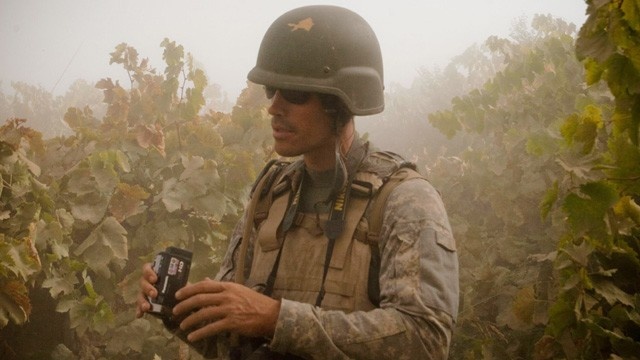The executions of journalist James Foley last month and Steven Sotloff days ago have sparked debate not only on the tragedies that occurred, but also on the opportunity to place limits on the right to freedom of information: Should images of executions be broadcast? CNN, for example, raised the issue.

It is an interesting argument, because we naturally assume that there should be no limitations on rights, when in practice what happens is actually the opposite: since we live in a society, and our actions need to coalesce with the actions of others, we constantly give up and limit our rights for the common good of society. This happens in cases as simple as limiting one’s right to drive wherever they want and respecting the rules of the road, and in more extreme cases such as the topic of discussion here. Is there a limit to freedom of information? Yes. Is there a limit to freedom of expression? Yes.
What is the solution for a collision of rights?
In this case, the question is how to make reporting on a tragic story, like the murder of a human being, compatible with other criteria, such as:
- Not giving “free publicity” to the murderers.
- Not offending viewers (which nowadays only seems to apply to sensitivity to violence, even though other aspects of the private sector should also be treated with the same discretion).
- Showing a steadfast respect for human dignity.
- Avoid causing a sensation of collective panic.
The list could be longer, but one thing is clear: there is no magic formula to decide when and where a given right should be limited for the greater good. Once the criteria are identified, it always comes down to the prudential decision of each individual, which must be made quickly. There are no universal or automatic responses, which opens the door for debate. But the first step is for us to accept that “not anything goes,” and that sometimes saying “no” is actually a positive expression of freedom.
 Joan Fontrodona is professor and chairman of business ethics department and academic director of the IESE Center for Business in Society.
Joan Fontrodona is professor and chairman of business ethics department and academic director of the IESE Center for Business in Society.
He holds a Ph.D. in Philosophy (University of Navarra) and an MBA in Management (IESE Business School).


I completely agree with your words & it’s completely true. If we need to stop all this nonsense, then we have to stop giving “free publicity” to the murderers. It’s a way to stop these things
Interesting topic for argument, it’s true, there is no limit on the right to freedom, but now the times come where we need to take some steps against this. We have to stop it & create a healthy environment .
It is the key issue: ho to decide right in a few hours. I remember now my professor of Journalism Ethics when, 18 years ago, use to told us: “You are complaining that be ethical in the media is tough… Many decisions and no time to make it. Nobody said that it was an easy matter”. I agree. And almost 20 years before, the Internet has shorten the terms to analyse this type of situations and the business environment is also much more competitive… So, professionals must take in account their previous education on Ethics. That is, in my opinion, the key to get the tools needed to decide well: having the practice and the knowledge.
I like the helpful information you supply in your articles. I’ll bookmark your blog and check once more here frequently. I am quite sure I’ll be told plenty of new stuff proper here! Good luck for the next!